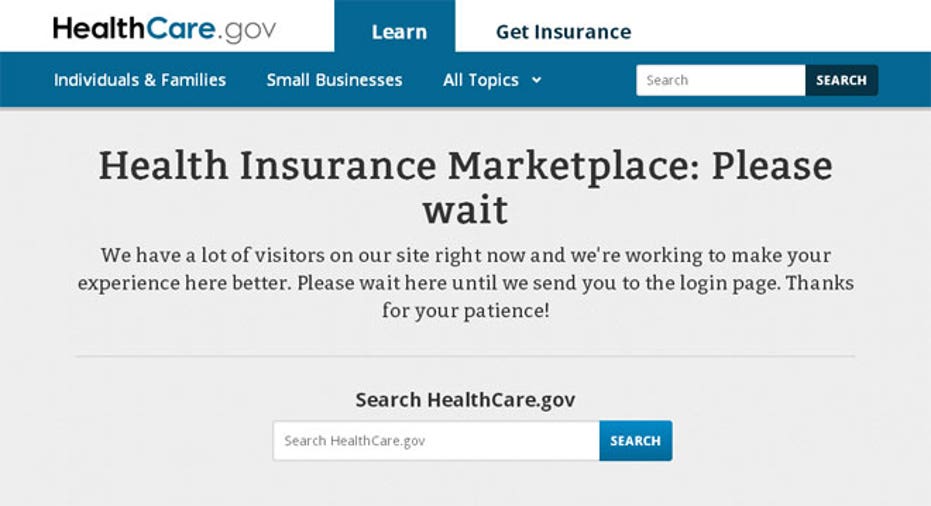More than 1M ‘Enroll’ in ObamaCare, But Who Are They?

Ahead of the New Year, Healthcare.gov has gotten a welcome surge of enrollees. The Department of Health and Human Services reported Sunday that more than 1.1 million people had enrolled in a health plan as of Dec. 29.
But the all-important demographics of who these enrollees have yet to be released.
“Our HealthCare.gov enrollment nearly doubled in the days before the January 1 coverage deadline compared to the first few weeks of the month. December enrollment so far is over 7 times that of October and November. In part, this was because we met our marks on improving HealthCare.gov: the site supported 83,000 concurrent users on December 23rd alone,” Marilyn Tavenner, administrator for the Centers for Medicare & Medicaid Services, posted in an HHS blog.
While the numbers are certainly better throughout December, they still fall far short of the Obama Administration’s initial projections of having 3.3 million people signed up by the end of December, and 7 million enrolled in 2014 alone. More importantly, 2.7 million of these enrollees were projected to be young and healthy people needed to keep premium costs low for older and less healthy people.
Yevgeniy Feyman, Manhattan Institute scholar, says the numbers prove the site’s updates are working and more people are able to access coverage options. But without demographics, it’s unclear how successful the ACA will be in its debut year.
“What the administration is withholding here are the demographics—age, distribution, and more,” Feyman says. “You have to wonder why they are keeping that a secret. If these numbers were telling a good story, they would publish them and make them widely available.”
What’s more, it’s unclear how many of these 1.1 million people have actually paid for their plans, which is the standard insurance industry definition of enrollment. HHS is counting people as enrolled even if they have not necessarily paid for their first month’s premiums.
Larry Kocot, visiting scholar at the Brookings Institution, says demographics are really key, as is knowing how many people have paid their premiums.
“We still don’t have a good fix on how many of those applications actually translate into premiums being paid, and if there is going to be a drop off from month-to-month,” Kocot says. “But the numbers do seem to be growing—it’s amazing what a deadline will do to motivate people.”
America’s Health Insurance Providers (AHIP) has given individuals until January 10, 2014, to pay for their plans, and insurance companies will accept payment up until that date for coverage beginning on January 1. In order for an individual to be dropped from a providers’ plan, they will have had to have skipped payment for three consecutive months.
Under the ACA, every individual in the country must have coverage by the end of open enrollment period on April 1, 2014. If they opt to not enroll, they will face a penalty of $95 a year, or 1% of their annual income for failing to comply.
If it comes to light that many people are not paying their premiums, Feyman says HHS may have to revise its enrollment numbers.
“I think we will see a good number of people not pay their first month’s premium,” he says. “They will not have coverage, and insurers will be generally surprised in a bad way."